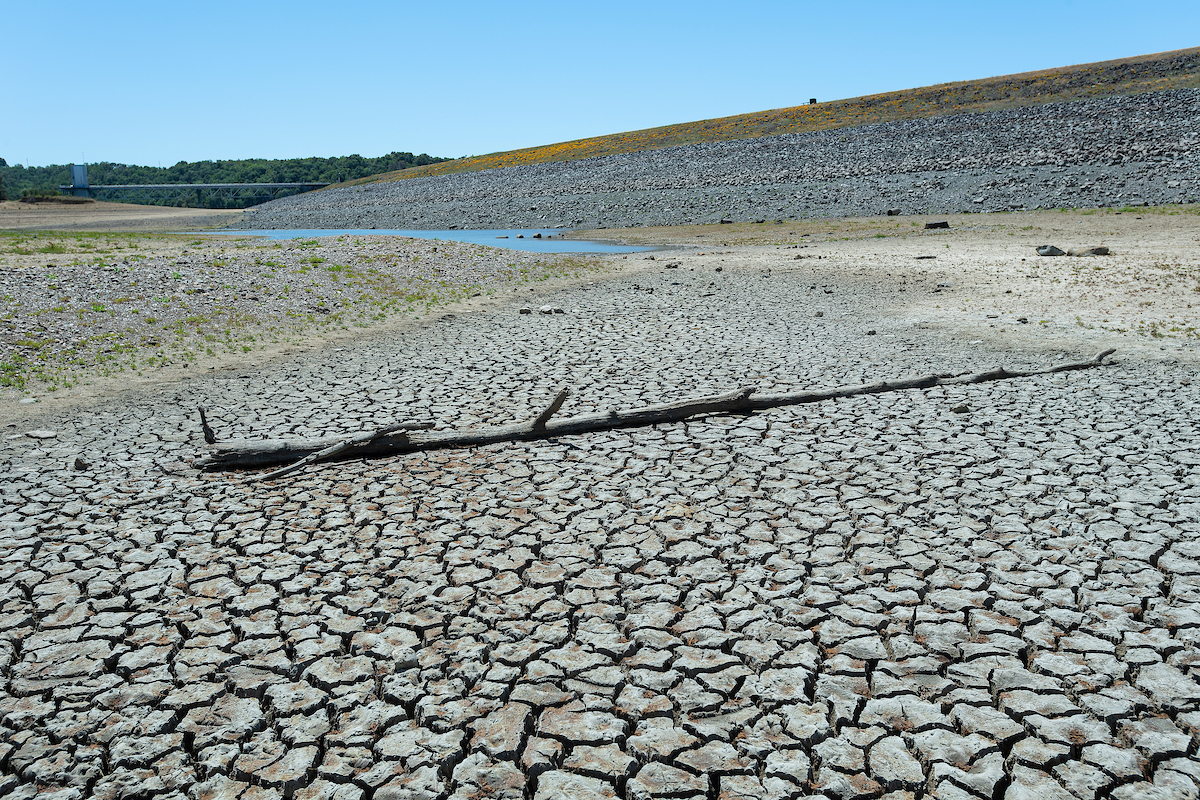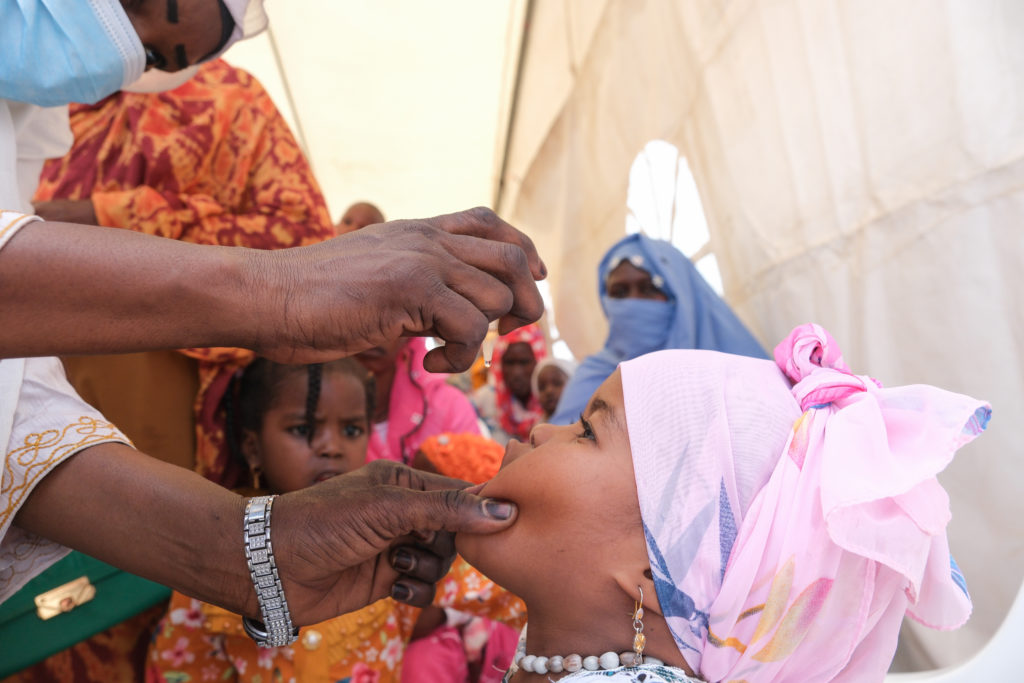Climate change is changing the geography of infectious disease – France 24


Report on Climate Change and Its Impact on Infectious Diseases in Europe
Introduction: Unprecedented Heatwaves and Climate Change in Europe
Europe is experiencing unusually high temperatures, with several French cities placed on an ‘unprecedented’ high alert. Spain recorded a scorching 46°C on Monday, and wildfires in Turkey have forced the evacuation of over 50,000 people from five regions in the western province of Izmir. These extreme weather events are consistent with the global trend of climate change, driven primarily by increasing greenhouse gas emissions.
Climate Change and Sustainable Development Goals (SDGs)
The observed climatic changes directly impact several Sustainable Development Goals (SDGs), including:
- SDG 3: Good Health and Well-being – by influencing the spread of infectious diseases.
- SDG 13: Climate Action – by highlighting the urgent need to mitigate climate change effects.
- SDG 6: Clean Water and Sanitation – due to increased waterborne diseases linked to flooding and water contamination.
- SDG 11: Sustainable Cities and Communities – as urban environments face new health challenges.
The Migration of Infectious Diseases in Europe
Climatic Influence on Disease Spread
According to Dr. Aleksandra Kazmierczak from the European Environment Agency (EEA), over half of all infectious diseases worldwide have been aggravated by climatic hazards. Europe’s warming climate has made it more suitable for vector and waterborne diseases, extending disease seasons and geographic ranges of pathogens.
Emergence of Dengue and Other Vector-Borne Diseases
- Dengue cases in Europe have surged, with 304 reported in 2024 alone compared to 275 cases in the previous 15 years combined.
- The primary vector is the Asian tiger mosquito (Aedes albopictus), capable of transmitting dengue, Zika, and chikungunya viruses.
- The mosquito has expanded its range due to globalization and climate change, adapting to urban environments requiring minimal water sources for breeding.
- Diseases carried by Aedes albopictus are projected to become endemic in Europe, with outbreaks potentially increasing five-fold by 2060.
- Other vectors such as ticks and different mosquito species are spreading diseases like West Nile Fever, Lyme disease, and tick-borne encephalitis.
Waterborne Diseases and Marine Pathogens
Climate change also increases risks of waterborne diseases due to flooding and compromised water treatment systems. Additionally, reduced salinity in melting Arctic seas fosters pathogens like vibrio, which can infect humans through seafood consumption or open wounds during swimming.
Permafrost Thawing and the Risk of Ancient Pathogens
Melting Permafrost as a Reservoir of Dormant Microbes
Permafrost, covering nearly 15% of the Northern Hemisphere, preserves ancient organisms and pathogens. Melting permafrost due to rising temperatures risks releasing dormant “zombie microbes” and harmful substances, posing new health threats.
Case Study: Anthrax Outbreak in Siberia
- In 2016, thawing permafrost in Siberia released anthrax spores from a decades-old reindeer carcass.
- This outbreak resulted in over 2,000 reindeer deaths and hospitalization of dozens of nearby residents.
- This exemplifies the emerging risks associated with climate change and permafrost thawing.
Adapting to Climate-Driven Health Challenges
Current and Future Adaptation Strategies
With European temperatures having risen over 2°C in the last decade, many changes in infectious disease geography are irreversible. However, adaptation remains critical to achieving SDG 3 (Good Health and Well-being) and SDG 13 (Climate Action).
- Strengthening national health infrastructures and increasing public awareness are essential for effective adaptation.
- Learning from countries with prior experience managing these diseases can inform European strategies.
- Urban planning must balance reducing carbon footprints by integrating nature with mitigating vector habitats to prevent disease proliferation.
Conclusion
Climate change is reshaping the landscape of infectious diseases in Europe, challenging public health systems and threatening progress toward multiple Sustainable Development Goals. Coordinated climate action, health system adaptation, and sustainable urban development are imperative to mitigate these emerging risks and protect human health.
1. Sustainable Development Goals (SDGs) Addressed or Connected
- SDG 3: Good Health and Well-being
- The article discusses the increase and migration of infectious diseases such as dengue, chikungunya, and water-borne diseases due to climate change.
- It highlights the need for health infrastructure and awareness to adapt to new health threats.
- SDG 6: Clean Water and Sanitation
- Water-borne diseases caused by floods and contamination of water treatment systems are mentioned.
- Issues with water quality due to climatic events are implied.
- SDG 13: Climate Action
- The article focuses on climate change as the root cause of extreme weather events and the spread of infectious diseases.
- It discusses the impact of rising temperatures and melting permafrost.
- SDG 11: Sustainable Cities and Communities
- The adaptation of urban environments to host or control vectors like the tiger mosquito is discussed.
- Bringing nature into cities while managing vector risks is mentioned.
2. Specific Targets Under Those SDGs
- SDG 3: Good Health and Well-being
- Target 3.3: End epidemics of communicable diseases, including vector-borne diseases.
- Target 3.d: Strengthen the capacity of all countries for early warning, risk reduction, and management of national and global health risks.
- SDG 6: Clean Water and Sanitation
- Target 6.1: Achieve universal and equitable access to safe and affordable drinking water for all.
- Target 6.3: Improve water quality by reducing pollution and minimizing release of hazardous chemicals and pathogens.
- SDG 13: Climate Action
- Target 13.1: Strengthen resilience and adaptive capacity to climate-related hazards and natural disasters.
- Target 13.2: Integrate climate change measures into national policies, strategies, and planning.
- SDG 11: Sustainable Cities and Communities
- Target 11.5: Reduce the adverse effects of natural disasters, including water-related disasters.
- Target 11.6: Reduce the environmental impact of cities, including air quality and waste management.
3. Indicators Mentioned or Implied to Measure Progress
- For SDG 3
- Number of reported cases of vector-borne diseases (e.g., dengue cases in Europe: 304 cases in 2024 compared to 275 in previous 15 years).
- Incidence and prevalence rates of infectious diseases aggravated by climate change.
- Capacity of health systems to detect and respond to outbreaks (implied by discussion on national health infrastructures and awareness).
- For SDG 6
- Water quality indicators measuring contamination by pathogens during floods and heavy rains.
- Frequency and impact of water-borne disease outbreaks linked to water system failures.
- For SDG 13
- Temperature rise measurements (e.g., Europe’s temperature rise over 2 degrees in the last decade).
- Frequency and severity of climate-related hazards such as heatwaves, floods, and wildfires.
- Extent of permafrost melting and related environmental impacts.
- For SDG 11
- Incidence of vector presence in urban areas (e.g., spread of Aedes albopictus in French mainland departments).
- Measures of urban adaptation to climate risks and vector control effectiveness.
4. Table: SDGs, Targets and Indicators
| SDGs | Targets | Indicators |
|---|---|---|
| SDG 3: Good Health and Well-being |
|
|
| SDG 6: Clean Water and Sanitation |
|
|
| SDG 13: Climate Action |
|
|
| SDG 11: Sustainable Cities and Communities |
|
|
Source: france24.com

What is Your Reaction?
 Like
0
Like
0
 Dislike
0
Dislike
0
 Love
0
Love
0
 Funny
0
Funny
0
 Angry
0
Angry
0
 Sad
0
Sad
0
 Wow
0
Wow
0















































































